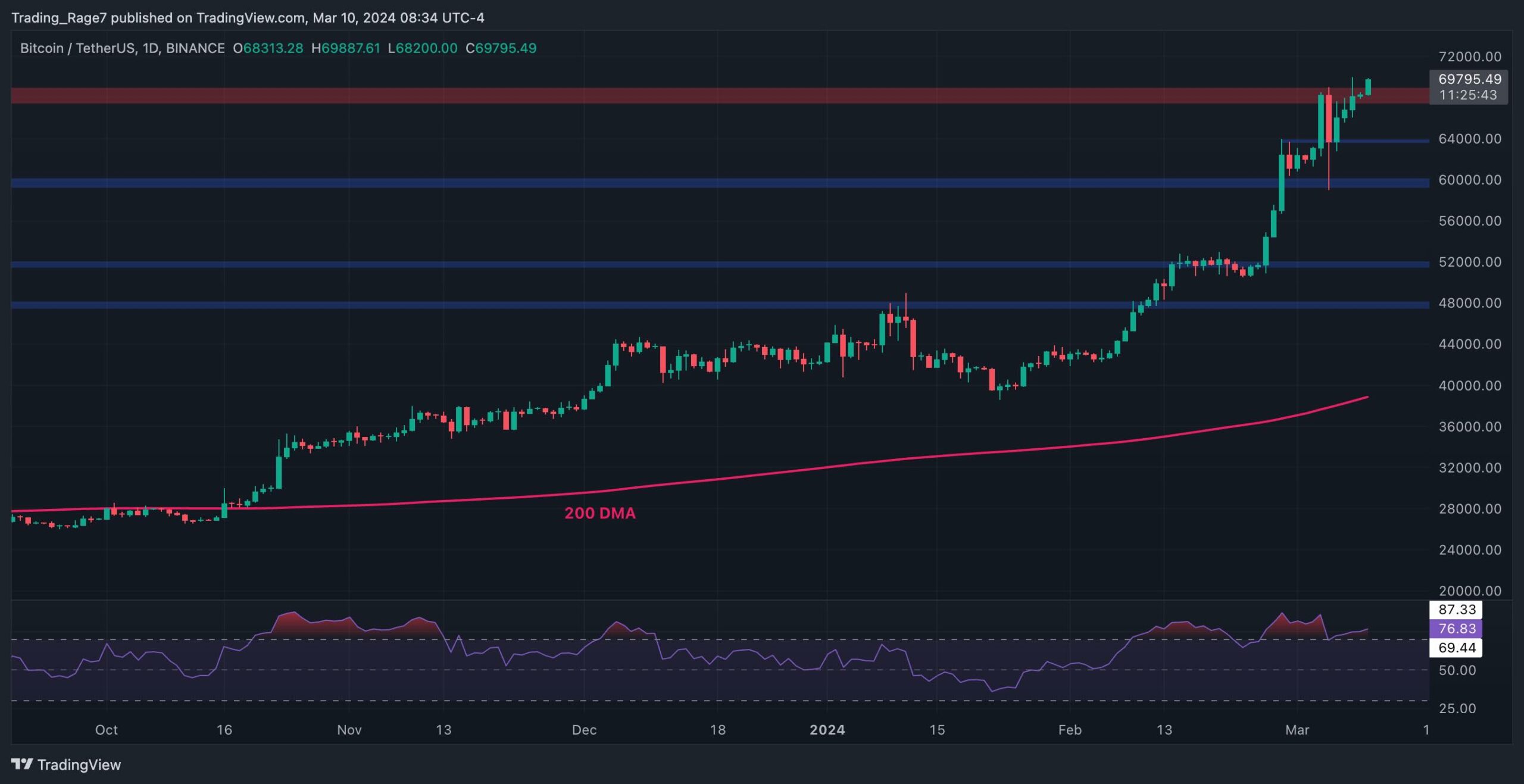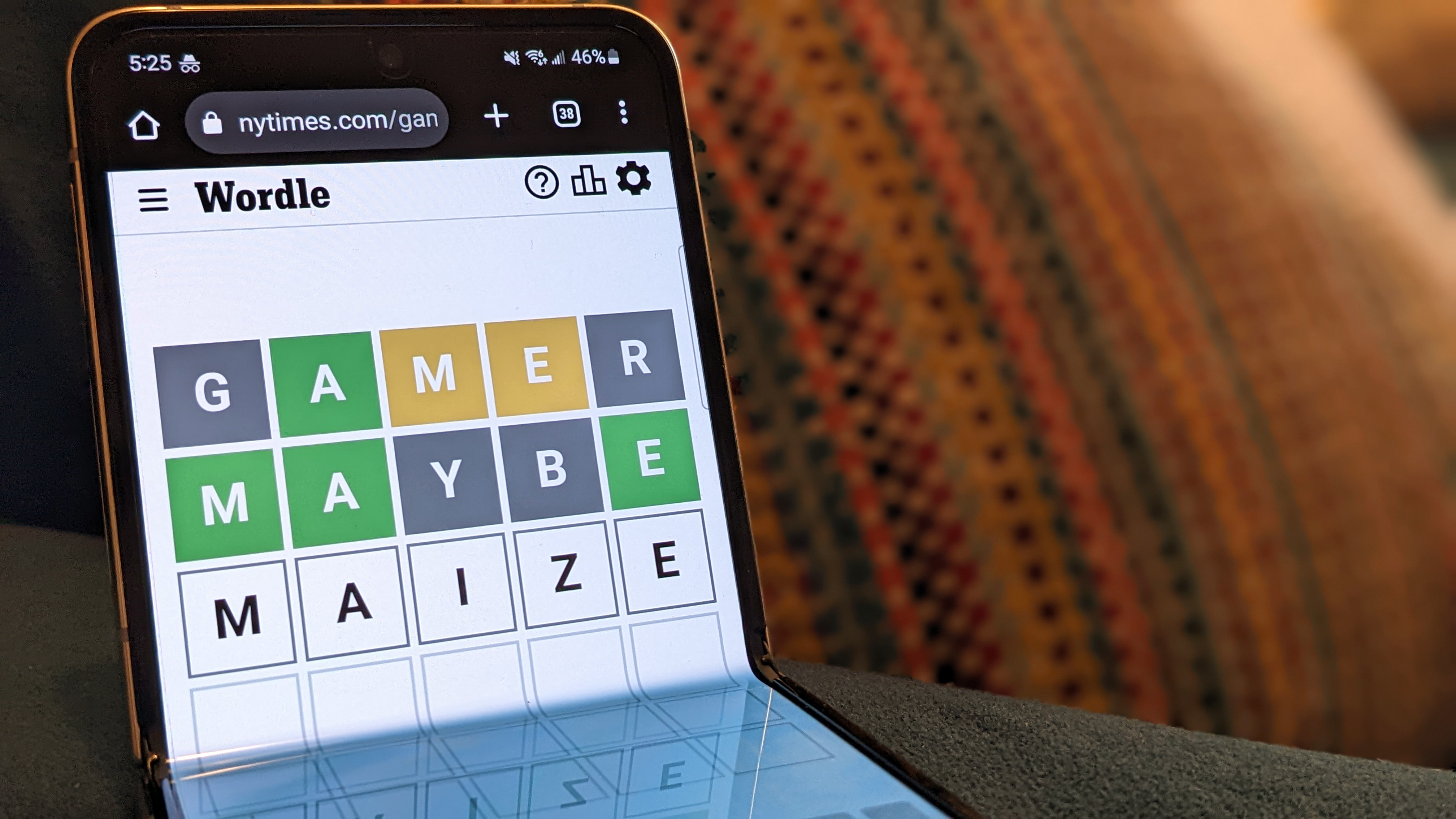Panasonic GH7 initial review
When you use DPReview links to buy products, the site may earn a commission. The Panasonic Lumix DC-GH7 is the latest in Panasonic's line of high-end cameras historically aimed at video shooters. We say 'historically' because the GH7 makes a strong case for being a true photo-video hybrid. It includes flagship video features like internal ProRes RAW recording, 32-bit float audio, and 4K/120p capture, along with all the photography features found on Panasonic's more recent G9 II model. Key specifications 25.2MP BSI CMOS sensor with parallel readouts Phase hybrid autofocus ProRes RAW and ProRes RAW HQ internal recording 32-bit Float audio capture UHD or DCI 4K in 10-bit 4:2:2 at up to 60p Slow-mo UHD or DCI 4K in 10-bit 4:2:0 at up to 120 fps 5.7K full-width capture at up to 60p 5.8K Full-sensor 'open gate'/anamorphic capture at up to 30p 60 fps burst shooting with AF and pre-capture External SSD recording Real-time LUT support for photos and video Lumix Lab app integration 1 x CFexpress Type B, 1 x UHS-II SD slot Tilting/fully-articulating rear screen Built-in fan for unlimited recording The Panasonic Lumix DC-GH7 has a suggested retail price of $2199, the same as the GH6 at launch in 2022. It is expected to ship in July 2024. Index: What's new? How it compares Body and controls How it compares Initial impressions Specifications Buy now:$2199 at Amazon.com$2198 at B&H Photo$2198 at Adorama What's new: Sensor The GH7 is built around a different sensor than the GH6. Although the two cameras share the same resolution, the GH7 uses the same 25.2MP BSI CMOS sensor found in the more recent Lumix G9 II, which gives it the updated capabilities of that camera. The most notable is support for Panasonic's 'Phase Hybrid' phase-detection autofocus system. This promises to be a boon for video shooters as it enables the camera to interpret distance and depth in a scene and can acquire focus on a desired subject without overshooting or creating a pulsing effect while trying to hold focus on a relatively static subject. The sensor is also pretty fast, and our readout speed tests show that its performance is almost identical to the GH6. We don't expect the rolling shutter to be a problem in most situations. 29.97, 25, 24, 23.98p 59.94, 50p 119,88, 100p 5.8K (Full sensor height) 20.5 ms — — 5.7K (1.9:1) 13.1 ms 13.1 ms — DCI 4K (1.9:1) 13.2 ms 13.2 ms 7.0 ms UHD 4K (16:9) 14.1 ms 14.1 ms 7.4 ms The other benefit of the new sensor is the improved version of the camera's dual output gain system. In a nutshell, the sensor employs two parallel readout paths with different gain levels: a low-gain path to capture highlights and a high-gain path to capture cleaner shadows. The data from both paths is combined as a 16-bit Raw file, allowing enough room to encode the wider dynamic range. On the GH6, the high gain (shadow) path was only used at ISO settings three stops above base ISO (ISO 800 in standard color modes / ISO 2000 in V-Log) when using Dynamic Range Boost mode. On the GH7, however, Panasonic has reduced the lowest step used by the high-gain path, and it now works beginning at base ISO. Find out more about dual conversion gain, dual output gain and how they work However, it's worth noting that the GH6's base ISOs were 100 for standard color modes and 250 for V-Log. On the GH7, they're 100 and 500, respectively. The one-stop jump in base ISO in V-Log mode suggests the high-gain path is applying one stop more gain than the low path in its base state (rather than the 3-stop difference required for DR Boost on the GH6). This doesn't explain how Panasonic can offer a mode that includes a high-gain component while maintaining the same ISO 100 rating for standard gamma. It's interesting to note that when you exceed 60fps (where the Dual Output mode can't operate), the minimum ISO in V-Log drops to 250, suggesting this might still be the true 'base' state. 32-bit float audio The optional DMW-XLR2 adapter has two XLR and one 3.5mm mic input, and three dials to control the gain of each input. It can power mics that accept 48V phantom power. While it's become common for rivals to offer 4-channel audio if you attach a module to connect XLR mics, the GH7 becomes the first camera to cross our desks that offers 32-bit Float audio capture. 32-bit Float audio doesn't encode its data directly as numerical values but instead captures them as scientific notation, with most of the bits encoding the value but the last few describing the magnitude (i.e: how many zeros there should be after the value). This enables a much wider range of values to be encoded than just using all 32 bits to record the number directly. To make use of this extra capacity, you'll need the new DMW-XLR2 microphone adapter ($499). It features two analog-to-digital converters (ADCs), one with amplification applied to boost the quiet sounds and the other with no gain to protect much louder sounds. It's still possible to clip loud sounds if you exceed the capacity of

 |
The Panasonic Lumix DC-GH7 is the latest in Panasonic's line of high-end cameras historically aimed at video shooters. We say 'historically' because the GH7 makes a strong case for being a true photo-video hybrid. It includes flagship video features like internal ProRes RAW recording, 32-bit float audio, and 4K/120p capture, along with all the photography features found on Panasonic's more recent G9 II model.
Key specifications
- 25.2MP BSI CMOS sensor with parallel readouts
- Phase hybrid autofocus
- ProRes RAW and ProRes RAW HQ internal recording
- 32-bit Float audio capture
- UHD or DCI 4K in 10-bit 4:2:2 at up to 60p
- Slow-mo UHD or DCI 4K in 10-bit 4:2:0 at up to 120 fps
- 5.7K full-width capture at up to 60p
- 5.8K Full-sensor 'open gate'/anamorphic capture at up to 30p
- 60 fps burst shooting with AF and pre-capture
- External SSD recording
- Real-time LUT support for photos and video
- Lumix Lab app integration
- 1 x CFexpress Type B, 1 x UHS-II SD slot
- Tilting/fully-articulating rear screen
- Built-in fan for unlimited recording
The Panasonic Lumix DC-GH7 has a suggested retail price of $2199, the same as the GH6 at launch in 2022. It is expected to ship in July 2024.
Index:
What's new:
 |
Sensor
The GH7 is built around a different sensor than the GH6. Although the two cameras share the same resolution, the GH7 uses the same 25.2MP BSI CMOS sensor found in the more recent Lumix G9 II, which gives it the updated capabilities of that camera.
The most notable is support for Panasonic's 'Phase Hybrid' phase-detection autofocus system. This promises to be a boon for video shooters as it enables the camera to interpret distance and depth in a scene and can acquire focus on a desired subject without overshooting or creating a pulsing effect while trying to hold focus on a relatively static subject.
The sensor is also pretty fast, and our readout speed tests show that its performance is almost identical to the GH6. We don't expect the rolling shutter to be a problem in most situations.
| 29.97, 25, 24, 23.98p | 59.94, 50p | 119,88, 100p | |
|---|---|---|---|
| 5.8K (Full sensor height) | 20.5 ms | — | — |
| 5.7K (1.9:1) | 13.1 ms | 13.1 ms | — |
| DCI 4K (1.9:1) | 13.2 ms | 13.2 ms | 7.0 ms |
| UHD 4K (16:9) | 14.1 ms | 14.1 ms | 7.4 ms |
The other benefit of the new sensor is the improved version of the camera's dual output gain system. In a nutshell, the sensor employs two parallel readout paths with different gain levels: a low-gain path to capture highlights and a high-gain path to capture cleaner shadows. The data from both paths is combined as a 16-bit Raw file, allowing enough room to encode the wider dynamic range.
On the GH6, the high gain (shadow) path was only used at ISO settings three stops above base ISO (ISO 800 in standard color modes / ISO 2000 in V-Log) when using Dynamic Range Boost mode. On the GH7, however, Panasonic has reduced the lowest step used by the high-gain path, and it now works beginning at base ISO.
Find out more about dual conversion gain, dual output gain and how they work
However, it's worth noting that the GH6's base ISOs were 100 for standard color modes and 250 for V-Log. On the GH7, they're 100 and 500, respectively. The one-stop jump in base ISO in V-Log mode suggests the high-gain path is applying one stop more gain than the low path in its base state (rather than the 3-stop difference required for DR Boost on the GH6). This doesn't explain how Panasonic can offer a mode that includes a high-gain component while maintaining the same ISO 100 rating for standard gamma. It's interesting to note that when you exceed 60fps (where the Dual Output mode can't operate), the minimum ISO in V-Log drops to 250, suggesting this might still be the true 'base' state.
32-bit float audio
 |
While it's become common for rivals to offer 4-channel audio if you attach a module to connect XLR mics, the GH7 becomes the first camera to cross our desks that offers 32-bit Float audio capture.
32-bit Float audio doesn't encode its data directly as numerical values but instead captures them as scientific notation, with most of the bits encoding the value but the last few describing the magnitude (i.e: how many zeros there should be after the value). This enables a much wider range of values to be encoded than just using all 32 bits to record the number directly.
To make use of this extra capacity, you'll need the new DMW-XLR2 microphone adapter ($499). It features two analog-to-digital converters (ADCs), one with amplification applied to boost the quiet sounds and the other with no gain to protect much louder sounds. It's still possible to clip loud sounds if you exceed the capacity of your microphones, but the system should accurately capture everything that's fed into it.
This means you don't need to worry nearly as much about capture levels and can fit it down into a narrower dynamic range for playback, during the edit.
 |
| When recording 4-channel audio, this display allows you to view all four channels' input levels at once, though only two can be monitored live. When recording 32-bit float audio, the meters will always be green. |
With the DMW-XLR2 you can record up to four channels of 32-bit Float audio so long as all your audio is routed through the adapter: if you use the camera's mic input, everything drops down to conventional 24-bit capture.
There's a display for setting all four channels' input levels, but only two can be monitored live during recording. If you're in 32-bit Float capture, the VU meters will always appear green, no matter how high they peak.
Video
The GH7's headline video feature is support for internal ProRes RAW recording, including both ProRes RAW and ProRes RAW HQ, using the camera's CFexpress card (or a USB-C SSD). ProRes RAW provides extra flexibility in post-processing, including the ability to adjust white balance and exposure offsets.
ProRes RAW can be captured at either 5.7K resolution in a 17:9 aspect ratio using the entire width of the sensor or at the standard DCI 4K resolution (4096 x 2160) up to 60p, which results in a 1.41x crop.
| Raw Codec | Resolution | Frame Rate | Crop | Destination |
|---|---|---|---|---|
|
ProRes RAW or ProRes RAW HQ |
5.7K (5728 x 3024) |
|
Full width | CFexpress card or external SSD* |
| DCI 4K (4096 x 2160) |
|
1.41x |
*Supports SSDs up to 2TB capacity
The GH7 also gains the ability to record proxy files, which are lower resolution, lower bit rate versions of each video clip captured by the camera. You can optionally apply a LUT to proxy files as they're recorded for a more finished look while saving your full-resolution footage in ungraded V-Log. This can be handy for projects requiring a rapid turnaround.
The GH7 retains all of the video modes present on the GH6, including 4K/120p, 5.7K up to 60p, 1080 at up to 240p in 10-bit mode, 1080 up to 300p in Variable Frame Rate mode (without AF or audio), open gate recording and anamorphic lens support. Except for the most basic MP4 modes, the GH7's video modes are all 10-bit, and it can shoot 4K 4:2:2 at up to 60p and 4K 4:2:0 at up to 120p.
In an improvement we've been requesting for years, it's now possible to magnify the on-screen image while recording video to check focus. In a nod to social media shooters, the camera's gyro will also detect when a video is shot in vertical format.
Subject recognition AF
In addition to gaining phase-detect autofocus, the GH7 inherits the subject recognition modes found on the G9 II and S5II (with firmware 3.0) and adds some new bells and whistles of its own. Like those cameras, it can detect humans, animals, cars and motorcycles, but it adds two new subject types to the menu: trains and airplanes.
Yes, the GH7 has a true 'trains, planes and automobiles' subject recognition system.
Human detection can identify eyes, face and body (prioritized in that order) or just eyes and face; similarly, animal detection can identify eyes and body, or just bodies. For other subject types, the GH7 lets you specify your preferred target: when shooting trains, planes, and motor vehicles, you can specify whether you want to prioritize focus on the front of the vehicle or the entire vehicle; when using front-of-vehicle priority for cars and motorcycles, the camera will prioritize focus on a driver/rider's helmet if it can identify one.
Subject recognition works in both still and video modes.
Photography features
 |
While initial attention on the GH7 will likely focus on video, Panasonic has ensured that the camera is also a photography powerhouse. In fact, the GH7 includes all the photography features found on its sibling, the G9 II, and matches its performance to boot. This includes 10 fps burst shooting with mechanical shutter, 60 fps with continuous autofocus with electronic shutter, or 75 fps with single AF. You can also pre-capture up to 1.5 seconds at those same frame rates.
Other features that carry over from the G9 II include Panasonic's handheld high-res mode, which captures 50.5MP or 100MP images in either Raw or JPEG format, and Live Composite mode, a multi-exposure mode that only captures areas of the frame that change in brightness with each exposure.
The GH7 also gets Panasonic's real-time LUT system and integration with the new Lumix Lab smartphone app. Real-time LUTs allow you to instantly apply a LUT to a photo (or video) as it's captured, providing a finished look straight out of the camera. The Lumix Lab app has numerous LUTs available for download and also makes it easy to create your own; you can transfer your favorite LUTs to the camera so they are available at any time. The GH7 includes 39 memory banks for custom LUTs.
 |
|
This image, captured on the Lumix S9, illustrates how Panasonic's real-time LUT system allows you to generate your own custom looks straight out of camera. Photo by Dale Baskin |
We explored real-time LUTs and the Lumix Lab app in detail as part of our Panasonic S9 initial review, so we recommend giving those sections a read if you want to learn more.
Other improvements
Image stabilization on the GH7 is rated at 7.5 stops per CIPA standard, both for in-body stabilization and when using Dual I.S. 2, which helps maintain this performance with longer lenses. It also includes Boost I.S., which tries to cancel all movement for a tripod-like look, and E.I.S., which is meant to correct distortion that occurs during video shooting. New to the camera is Panasonic's Active I.S., a more aggressive stabilization mode that's intended to provide stabilization for situations like running with the camera.
Like other recent Lumix cameras, the GH7 incorporates Frame.io camera-to-cloud functionality, which automatically uploads video proxy files or images to Adobe's Frame.io service.
How it compares
The GH7 sits at the high end of the Micro Four Thirds market, though in the video space, it's highly competitive with the best video-oriented APS-C cameras. The GH series has enjoyed a well-deserved reputation for excellence in video. Still, the competition in this category has become fierce, with rivals now offering compelling video-oriented of their own.
Can the GH7 stand out among the crowd? We compare it to other video-centric models, including the Sony FX30, Fujifilm X-H2S, and another member of the Lumix family, the G9 II.
| Panasonic GH7 | Panasonic GH6 | Sony FX30 | Fujifilm X-H2S | Panasonic G9 II | |
|---|---|---|---|---|---|
| MSRP at launch | $2199 | $2199 | $1799 | $2499 | $1899 |
| Sensor size/type | Four Thirds BSI CMOS |
Four Thirds BSI CMOS |
APS-C BSI CMOS |
APS-C Stacked CMOS |
Four Thirds BSI CMOS |
| Cooling | Built-in fan | Built-in fan | Built-in fan | Optional screw-on fan | None |
| High res modes | 5.8K (4:3) 5.7K (1.9:1) |
5.8K (4:3) 5.7K (1.9:1) |
None | 6.2K (3:2) | 5.8K (4:3) 5.7K (1.9:1) |
| High speed modes | 4K/120p (full width) FHD/300p |
4K/120p (full width) FHD/300p |
4K/60p (1.04x crop) 4K/120p (1.56x crop) FHD/240p |
4K/60p (full width) |
4K/120p (full width) FHD/300p |
| Codec options | ProRes RAW ProRes RAW HQ ProRes 422 HQ ProRes 422 H.265 (All-I / Long GOP) H.264 (All-I / Long GOP) |
ProRes 422 HQ ProRes 422 H.265 (All-I / Long GOP) H.264 (All-I / Long GOP) |
X-AVC HS (H.265 Long GOP) X-AVC I (H.264 All-I) X-AVC S (H.264 Long GOP) |
ProRes 422 HQ ProRes 422 ProRes LT H.265 (All-I / Long GOP) H.264 (All-I / Long GOP) |
ProRes 422 HQ ProRes 422 H.265 (All-I / Long GOP) H.264 (All-I / Long GOP) |
| Assist tools | Zebras Peaking Custom LUT preview Waveforms Vectorscope |
Zebras Peaking Custom LUT preview Waveforms Vectorscope |
Zebras Peaking Focus map Custom LUT preview |
Zebras Peaking Fixed LUT preview |
Zebras Peaking Custom LUT preview Waveforms Vectorscope |
| Rolling shutter rates, ms (approx) | 4K/120 - 7.0 4K/60 - 13.2 4K/24 - 13.2 |
4K/120 - 7.4 4K/60 - 13.6 4K/24 - 13.6 |
4K/120 - 8.1 4K/60 - 16.1 4K/24 - 16.1 |
4K/120 - 3.9 4K/60 - 5.3 4K/24 - 5.3* |
4K/120 - 7.0 4K/60 - 13.2 4K/24 - 13.2 |
| Profile options | V-Log HLG CinelikeD2 |
V-Log HLG CinelikeD2 |
S-Log3 HLG S-Cinetone |
F-Log F-Log2 HLG Eterna |
V-Log HLG CinelikeD2 |
| Media type | 1x CFexpress B 1x UHS-II SD |
1x CFexpress B 1x UHS-II SD |
2x CFexpress A /UHS-II SD | 1x CFexpress B 1x UHS-II SD |
2x UHS-II SD |
| Raw video out? | 5.8K/30p (4:3) 5.7K/60p (1.9:1) 4.4K/60p (4:3) DCI 4K/120p |
5.8K/30p (4:3) 5.7K/60p (1.9:1) 4.4K/60p (4:3) DCI 4K/120p |
'16-bit' 4.7K (16:9) up to 60p to Atomos | 6.2K/30p (3:2) 4.8K/60p (16:9) 1.29x crop to Atomos or Blackmagic |
5.8K/30p (4:3) 5.7K/60p (1.9:1) 4.4K/60p (4:3) DCI 4K/120p |
| Viewfinder | 3.86M dot OLED 0.8x mag |
3.86M dot OLED 0.76x mag |
None | 5.76M dot OLED 0.8x mag |
3.86M dot OLED 0.8x mag |
| HDMI | Full-sized | Full-sized | Full-sized | Full-sized | Full-sized |
| Audio | Up to 4ch with optional XLR2 unit, 32-bit float audio | Up to 4ch with optional XLR1 unit | Up to 4ch with optional XLR handle | Up to 4ch with optional Tascam XLR unit | Up to 4ch with optional XLR1 unit |
| Battery life (CIPA) LCD | 380 | 360 | 570 | 580 | 390 |
| Weight (loaded) |
805g (28.4 oz) | 823g (29.0 oz) | 646g (22.8oz) | 660g (23.3oz) | 658g (23.2oz) |
From a specs standpoint, the GH7's main advantages are ProRes RAW and 32-bit Float audio, both significant features. However, the X-H2S pulls ahead in the rolling shutter race, thanks to its stacked sensor. Fortunately, all of these cameras have relatively fast sensors, so you're unlikely to see much rolling shutter except in extreme situations.
Other than those callouts, the cameras are well-matched on paper, but we don't use them on paper; we use them in the real world, where other design considerations can be as critical as specs. The Sony FX30 stands out in that respect, designed with multiple 1/4"-20 mounting points so you can build the exact rig you want. On the flip side, it's the one camera in the cohort that's primarily focused on video and might not be a good choice as a hybrid camera.
The G9 II is an interesting comparison as it shares most of the GH7's video features. If you like Panasonic cameras and don't need the GH7's most advanced video features, it could be a viable choice, particularly if you plan to use it mainly for photos or prefer its body style.
Body and controls
 |
The GH7's body is essentially unchanged from the GH6. It's built on the same chassis, has the same dimensions, and all buttons and ports are in the same locations. Actually, there is one very minor change, but it isn't visible when looking at the camera. We'll get to that in a moment.
There's a certain logic to this approach. Serious video shooters tend to use a lot of accessories, including camera cages, off-camera recorders, microphones, and maybe even rails, matte boxes, or a follow focus. Keeping the same body from one generation to the next makes it easier for users to upgrade, knowing their existing accessories will continue to work.
EVF and rear screen
 |
Remember that one minor change we mentioned? This is where you'll find it. The GH7's electronic viewfinder (EVF) receives a very minor update: it still uses the same 3.68M-dot OLED (1280 x960px) screen, but the viewfinder's magnification has increased from 0.76x to 0.8x (in equivalent terms). This doesn't impact the size or shape of the body, but it makes the EVF just a bit nicer to use.
The GH7 features the same 1.84M-dot (960 x 640px), 3" rear touchscreen mounted on a hybrid tilt/articulated hinge. This allows you to extend the screen out from the back of the camera and tilt it up about 45 degrees, flip it out to the side, or both. The latter has the advantage of keeping the screen clear of the camera's ports so that it doesn't interfere with any cables.
Audio button and 32-bit Float audio
 |
The GH7 includes a dedicated button that provides direct access to the camera's audio settings, which frequent video shooters will appreciate. Out of the box, the camera captures 48kHz, 24-bit audio using its internal mics and up to 96kHz, 24-bit audio from an external mic connected to the camera.
As mentioned above, the GH7 can also capture 4-channel 32-bit Float audio. This requires the optional DMW-XLR2 adapter, which includes two XLR inputs and one 3.5mm input. You must run all audio sources through the XLR2 adapter to use 32-bit float recording.
All four audio channels are output over HDMI.
Fan
The GH7 includes the same built-in fan as the GH6 to keep the camera cool while shooting video, with the fan located outside the camera's sealing. With its standard settings, the fan allows for unlimited recording at resolutions and frame rates up to DCI 4K/60p.
Panasonic tells us the GH7 can provide unlimited recording at all resolutions and frame rates. However, in some of the more demanding modes, opening the Thermal Management menu and changing the setting from standard to high may be necessary.
"The GH7 can provide unlimited recording at all resolutions and frame rates"
The fan can be configured to run continuously at a set speed or in one of two auto modes: one that prioritizes keeping the body cool and the other that only engages when absolutely necessary.
Battery
 |
The GH7 uses the same DMW-BLK22 battery found on other recent Lumix models. When used with SD cards and the Panasonic 12-60mm F2.8-4 lens, it can power the camera to a CIPA rating of 380 shots or 100 minutes of continuous video; using CFexpress cards reduces this by about 10%. This is essentially the same performance as the GH6.
The battery does have one notable limitation: When recording files to an external SSD, it's only possible to record at frame rates up to 60p, no matter what codec or resolution you're using. This is due to the extra power required to operate the SSD. Since the SSD occupies the camera's USB-C port, connecting the camera directly to an external power source simultaneously isn't an option.
To circumvent this, Panasonic has introduced the DMW-DCC18, a dummy battery with a USB-C port that can be connected to external power or a battery pack. When used, it will allow you to record to SSDs using any frame rate as long as you have a PD-rated power source that can deliver 9V, 3A.
Initial impressions
By Dale Baskin
As someone who has used GH cameras since the GH1, I'm always excited to see a new model released – not just because I work at DPReview, but because I'm genuinely curious to see how Panasonic continues to evolve the product line.
And it's been a rather interesting evolution over the years. If you're curious, check out this article Richard and I wrote a few years back that looks back at every model from the GH1 through the GH6 and the new features that arrived with each. (Quiz: How many GH models have there been, including the GH7? If you guessed seven, you would be wrong. Better read that article!)
To me, the real innovation on the GH7 is the addition of 32-bit Float audio, not only because it's the first mirrorless camera to include it but because it's so helpful for the type of shooters who often use a camera like the GH7: small teams or individuals working on a budget.
Much of my own video work falls into that category, and I know from experience how easy it is to screw up audio. When you're shooting solo, you're wearing a lot of hats. It's easy to miss a detail here or there, but when that detail is related to audio, the impact can be disastrous.
 |
| 32-bit Float audio could be a very helpful tool for individual or small teams who do a lot of multitasking while shooting. |
Of course, 32-bit Float audio only solves some audio problems: it won't eliminate the sound of a jacket rubbing against a poorly positioned mic or the rumble of a plane flying overhead. But it does give you one less thing to worry about and one less mistake to make.
The addition of internal ProRes RAW recording is a logical one, though it's not the first mirrorless camera to get internal ProRes RAW (The Nikon Z8 and Z9 already support it). There was a time when you could count on the GH series to be first across the line with new features like this, but the rest of the market is catching up.
And that's OK. I don't think the GH series needs to be first to market with every new video feature to be successful. There was a time when that mattered more, but mirrorless cameras have become so good at video in recent years that new features often count more as refinements than game changers. It's a sign of a maturing market and a maturing GH line.
I'm also glad to see the GH7 receive expanded access to Panasonic's real-time LUT system and integration with the Lumix Lab app. As a camera reviewer, I don't think I fully appreciated the value of real-time LUTs until I started using them on the Lumix S9, where they're a core part of the camera's experience.
"I don't think the GH series needs to be first to market with every new video feature to be successful."
Once I started using them for photography, I really enjoyed the experience. It's a bit like using film simulations on a Fujifilm camera, except that I can create my own simulations, and the Lumix Lab app makes it ridiculously easy to do so. While I've mostly focused on using LUTs for photos, there's a lot of value in them for videography, too, especially the ability to apply LUTs to proxy files as they're generated.
As I alluded to a moment ago, the GH series has matured a lot over the years, with improvements counting as refinements rather than revolutionary updates, and that may be the most important thing to recognize. To me, the real sign that the GH series has reached a new level of maturity is that, in many ways, the GH7 is relatively unchanged from its predecessor. Sure, there's some meaningful new technology under the hood, but at this point, it's a matter of making a really good product even better and creating a consistent platform for users to work from, and that consistency of form factor and user experience makes the move from the GH6 to the GH7 about as seamless as possible.
What's Your Reaction?







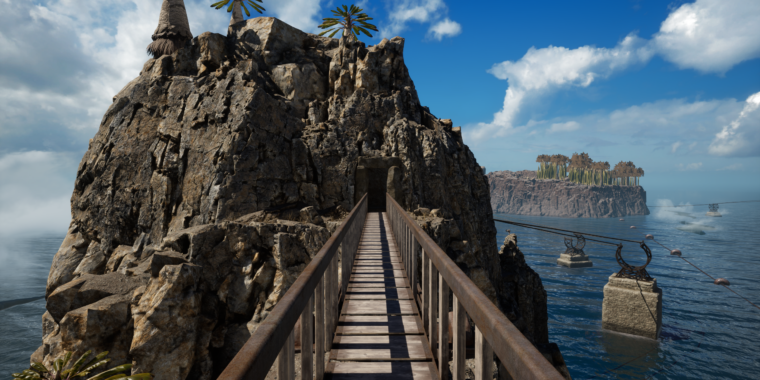

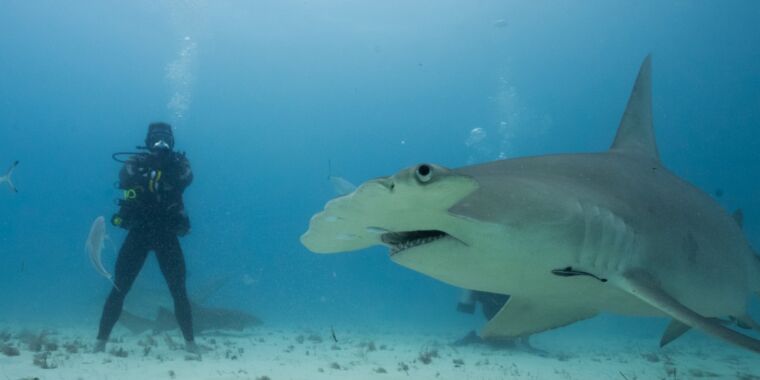
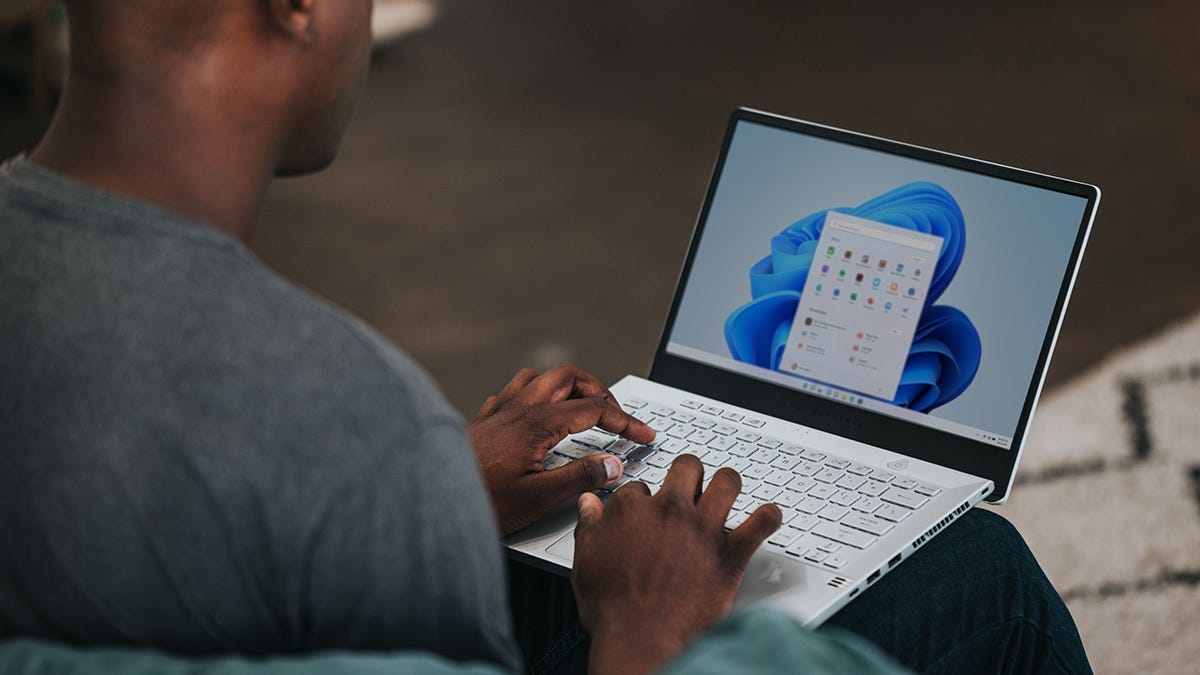
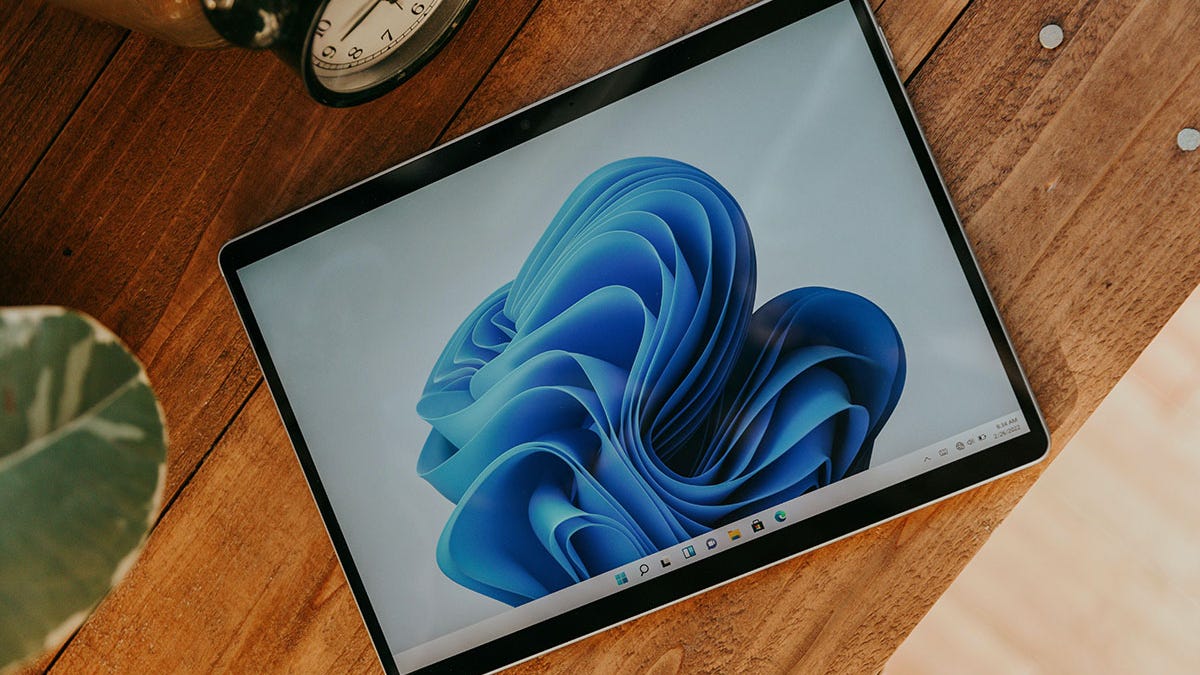

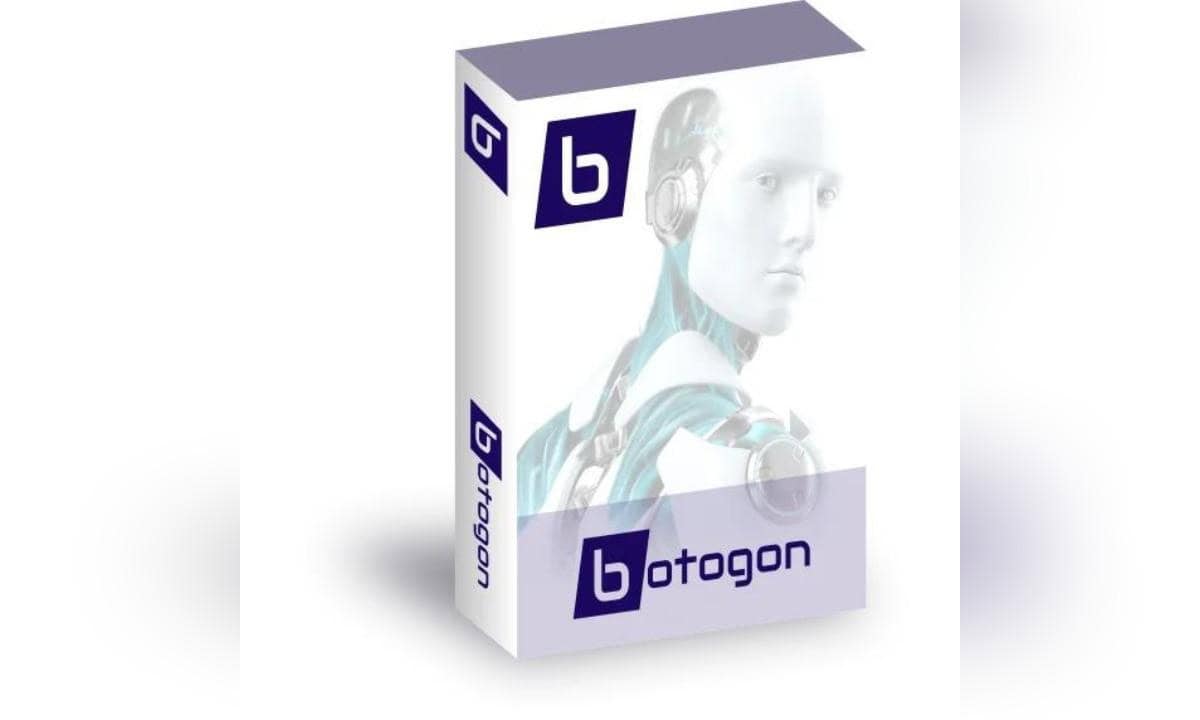




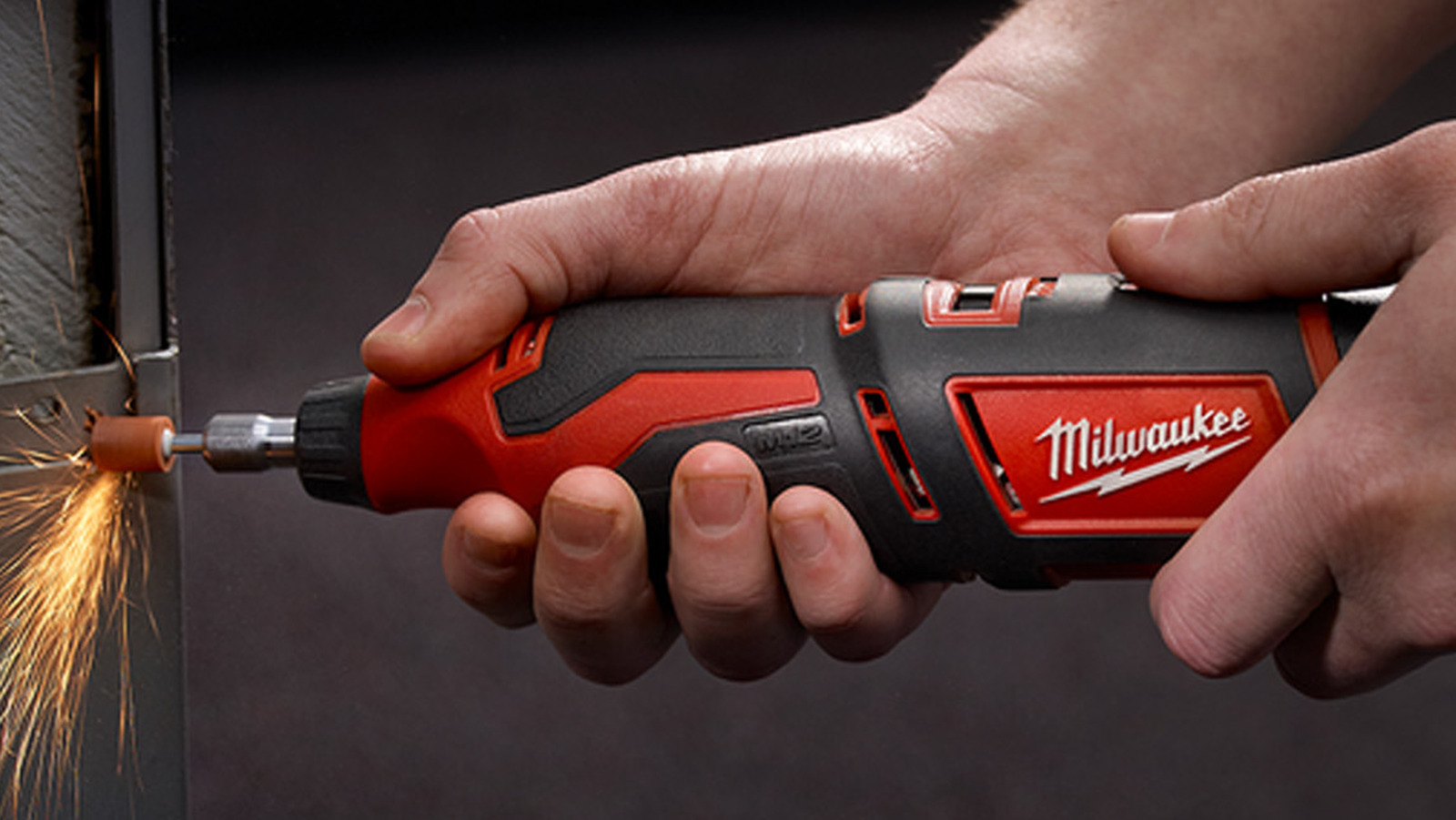
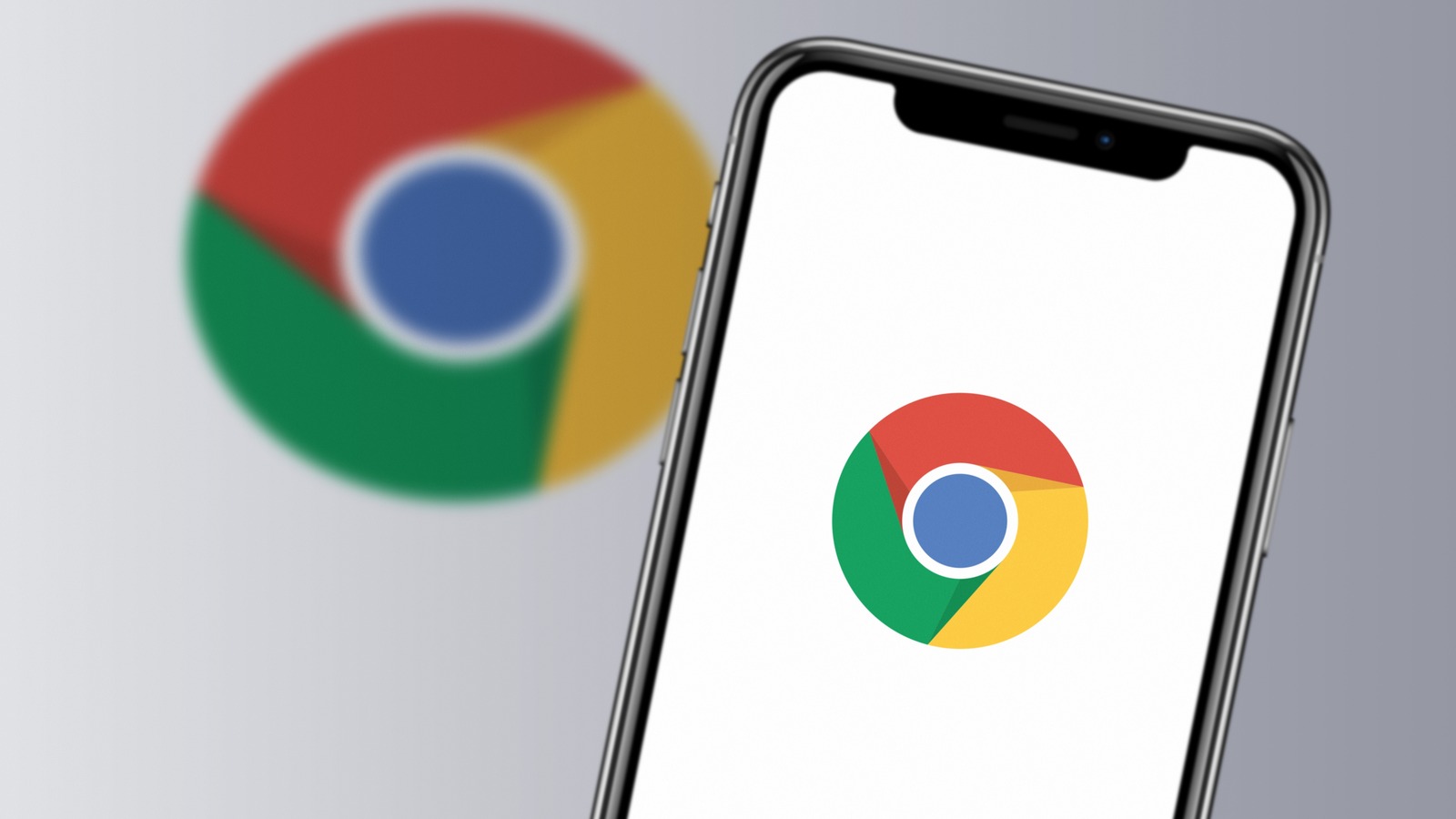
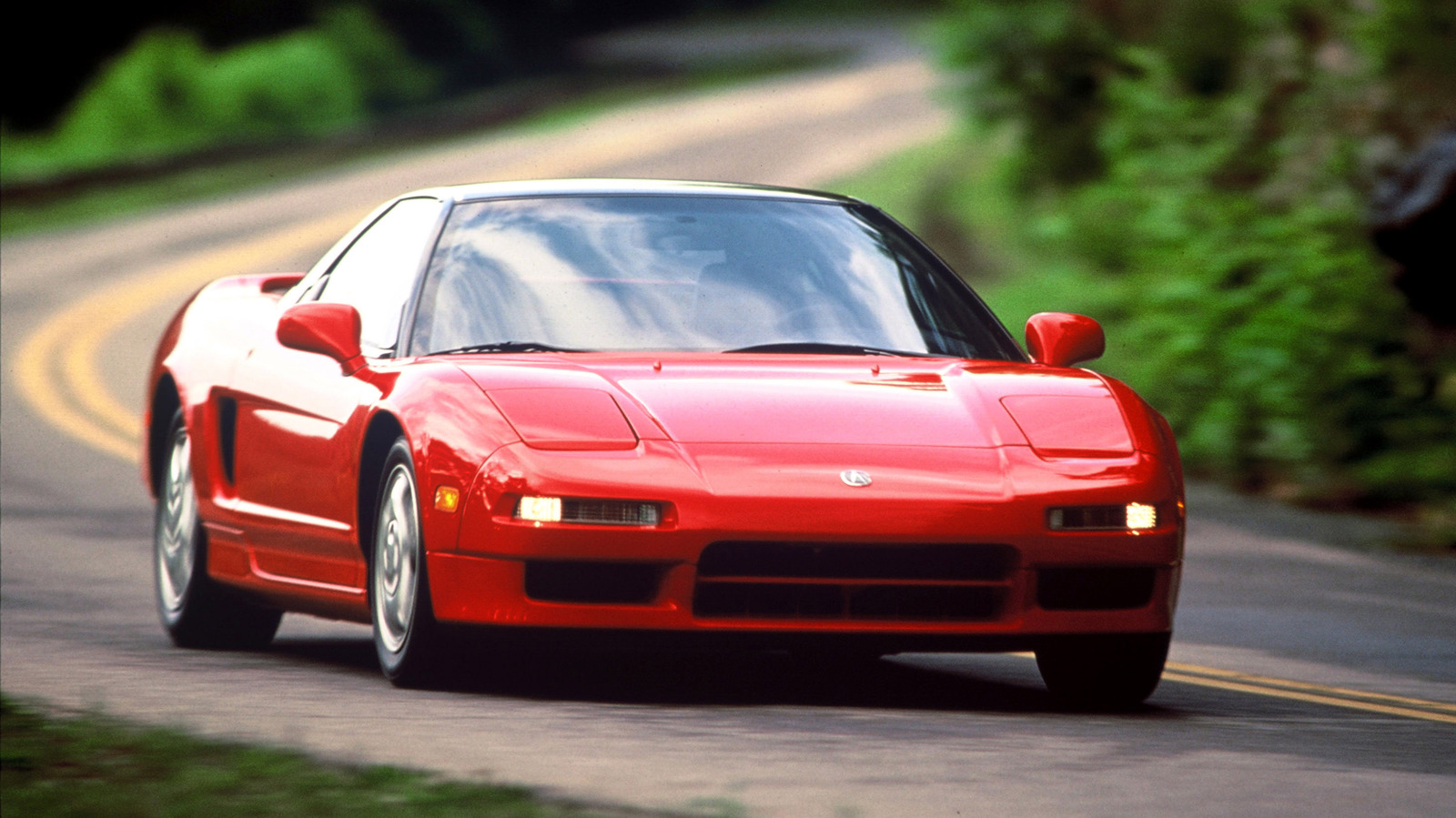
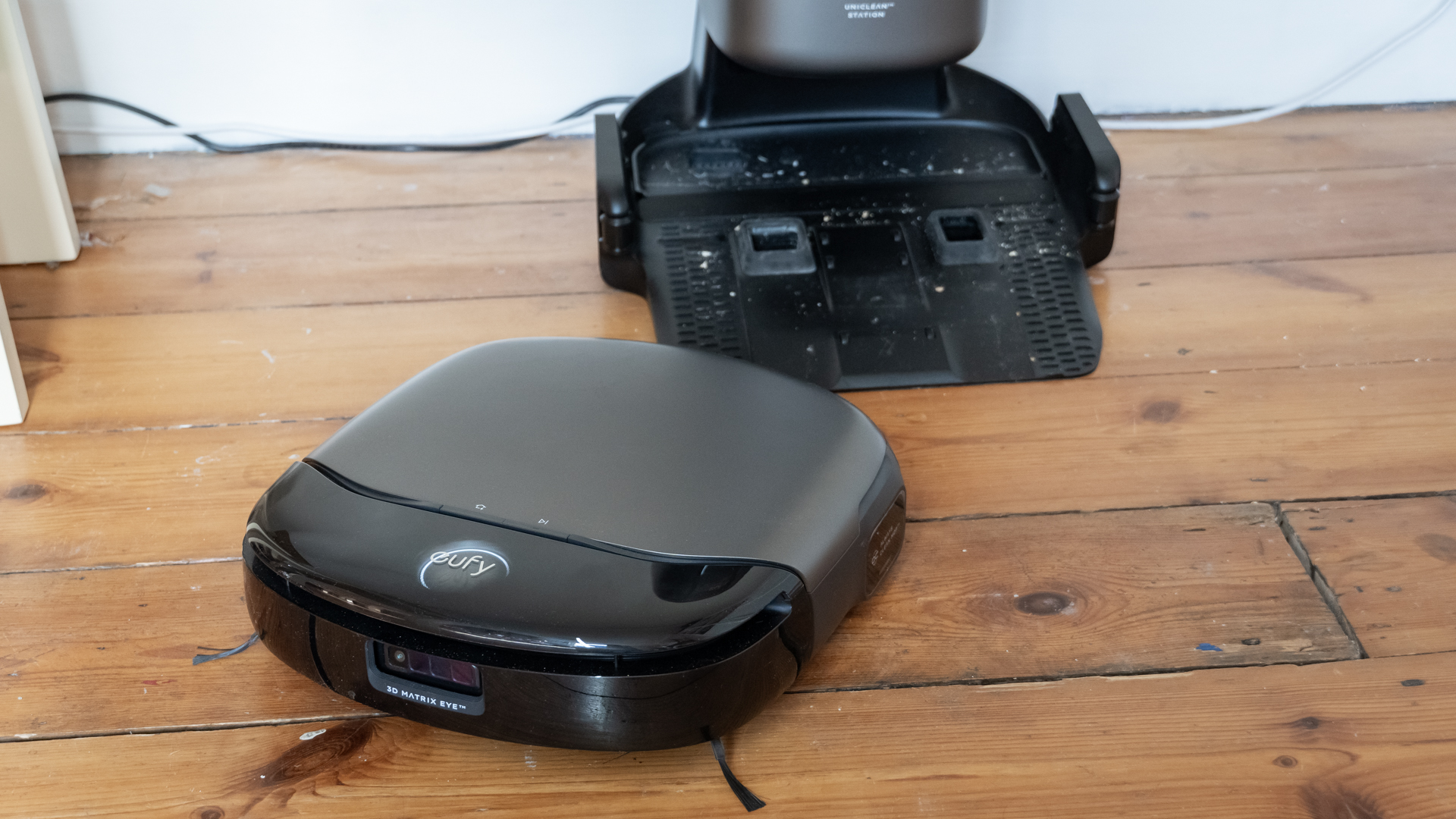
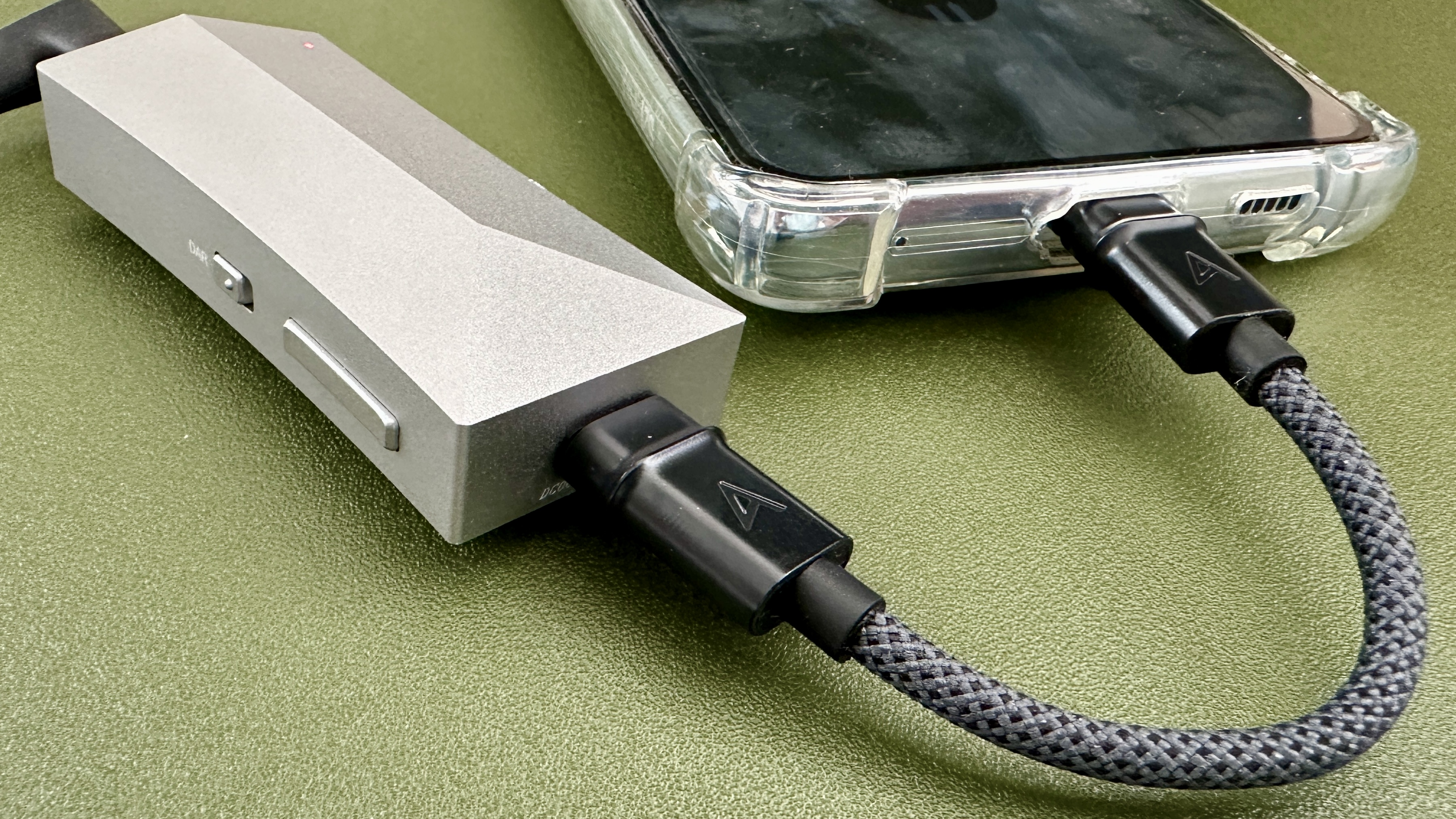


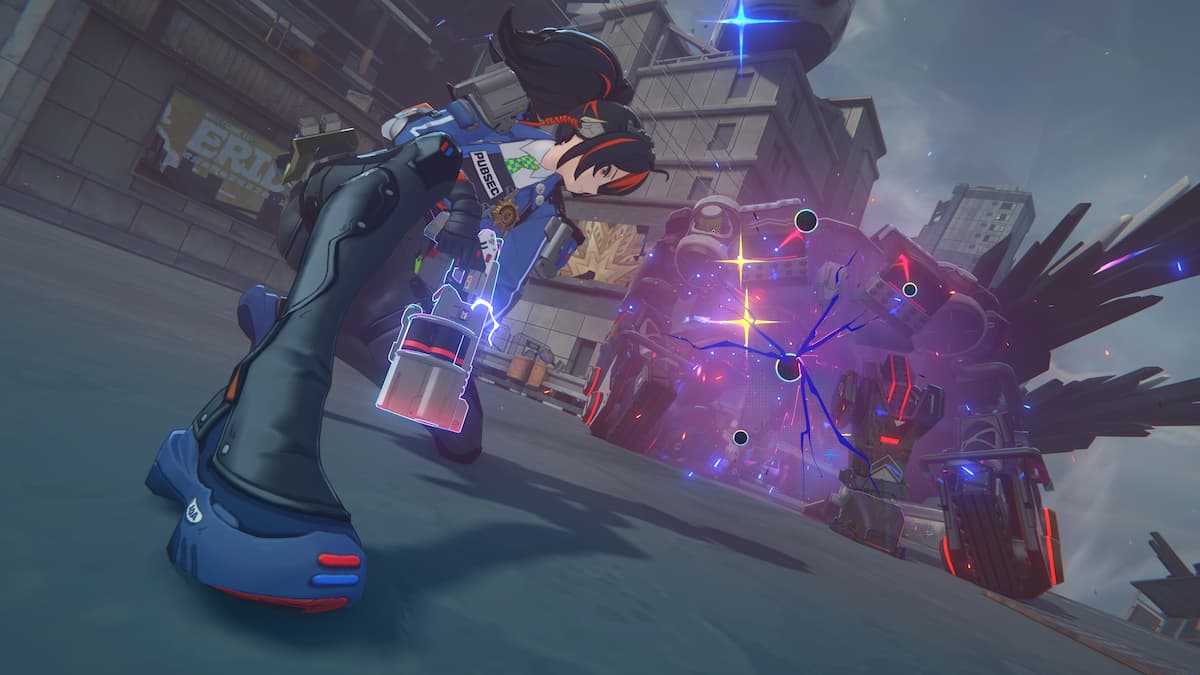
.jpeg?width=1920&height=1920&fit=bounds&quality=80&format=jpg&auto=webp#)





